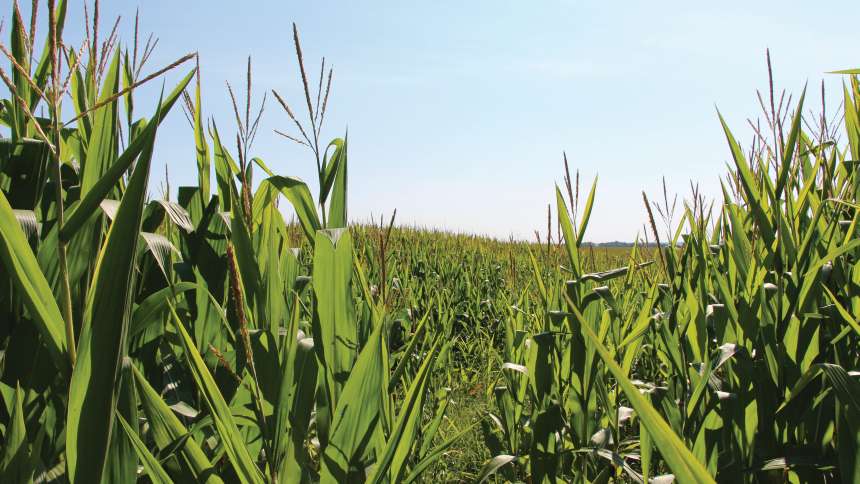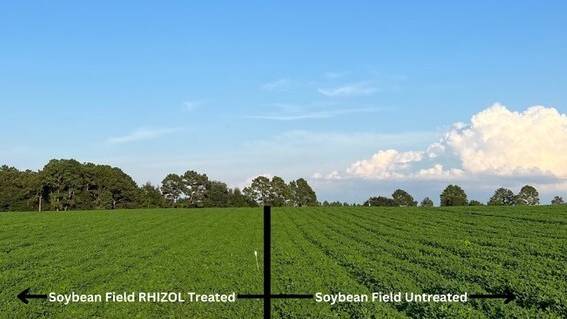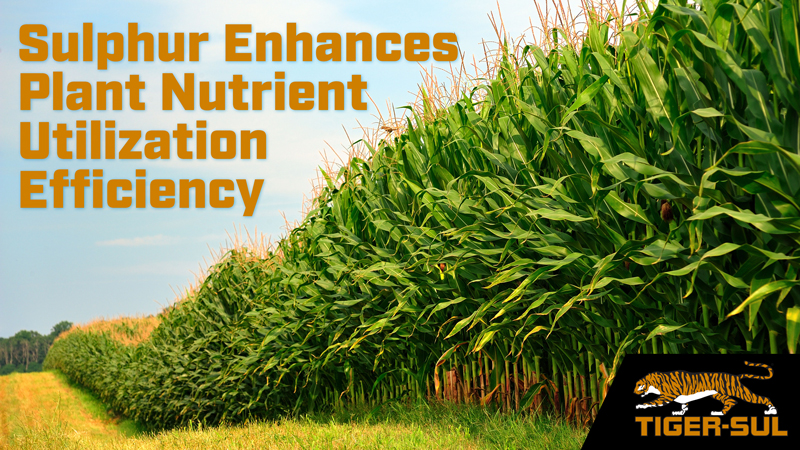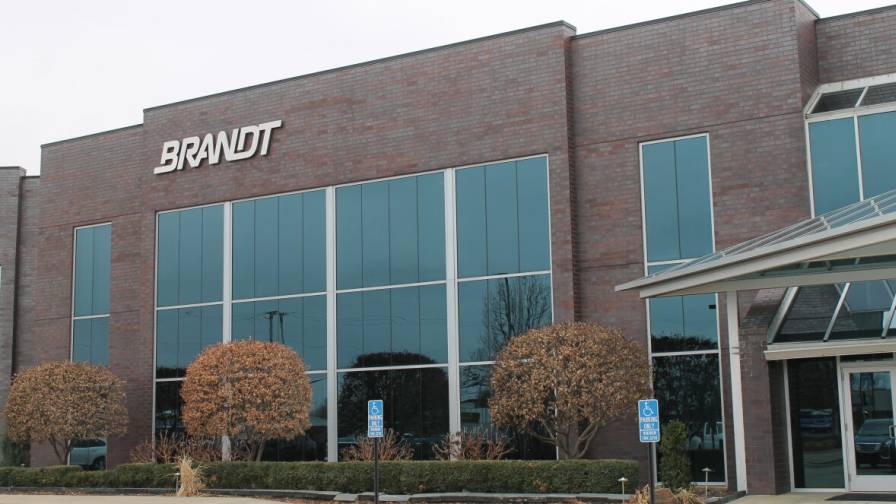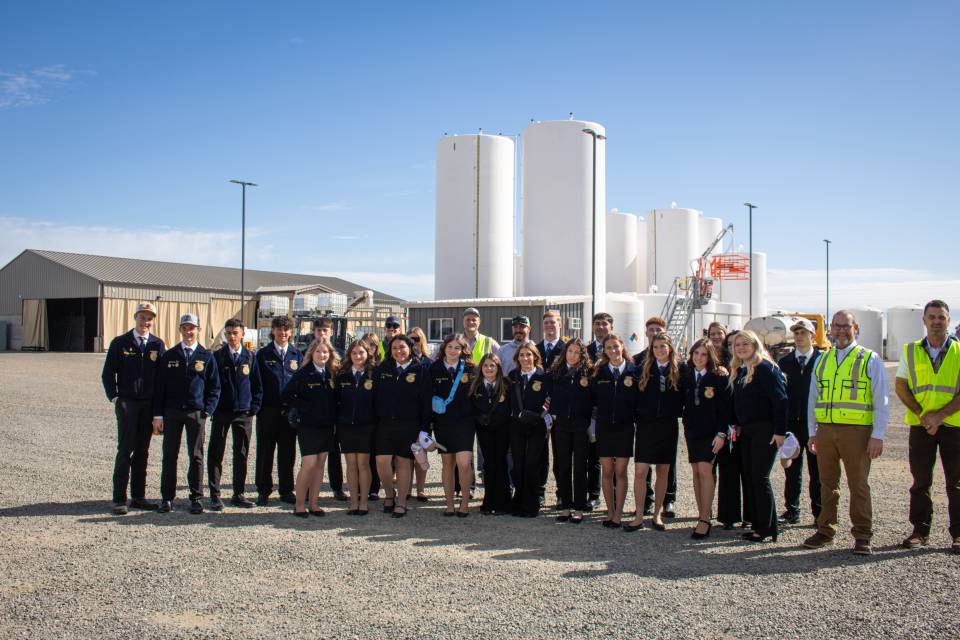Lightbars Still On The Job
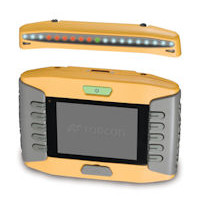
While some may think you can’t improve much on a classic lightbar, manufacturers would disagree. They’ve been listening to users and have done some very helpful tweaking.
“Lightbars are becoming less expensive and smaller,” says Martin Janssen, GPS products manager with Smucker Manufacturing. “They are using brighter, but smaller LEDs. And technology is making them more energy efficient, which will extend the life of the LEDs and the system.”
Make Focusing Easy
Jeff Farrar, North America sales manager for Outback Guidance, agrees, especially with lightbars tied to GPS: “The guts inside are improving — the GPS engines are getting better and more high performance.”
Janssen says the key to an effective lightbar is placement. “You can put together whatever kind of moving map display or any other type of display, but nothing is easier for an applicator to quickly focus on for guidance than a lightbar that’s in his field of vision as he is looking out over the front of his vehicle while driving,” he says. “If you don’t have a lightbar in that line of sight while you drive, then you’re forced to constantly look down or to your side at a display, then find the guidance information, then return to guiding (steering) the vehicle.”
In 2006, Smucker introduced an interior mini lightbar that mounts inside the cab, either to the company’s Landmark II console or to the windshield with a suction cup. “It makes our system more portable so that it can be moved from one vehicle to another more easily. It also allows us to cut the cost of a system by about $750, making it more affordable for more users,” says Farrar. The interior unit complements Smucker’s other product, an exterior-mounted lightbar that attaches to a vehicle’s hood via screws or magnets.
DICKEY-john carries the same exterior unit (from Satloc), dubbed the FieldGuide lightbar. Pat Fuchs, company manager, says it is easy to set up and operate the lightbar. It’s fully adjustable for brightness and features directional arrows, cross track indicator, heading/angle/status indicators, and a simple text display. The controller has a four-line graphical display, five control pushbuttons, and one rotary dial for movement within menu options.
Line-of-sight was also a consideration when Topcon Positioning Systems created its brand new product. The company’s precision agriculture lightbar guidance system features “a unique detachable lightbar that allows you to place the indicator in your field of view while keeping the main console within easy reach,” says Tom Causey, marketing communications specialist. The lightbar incorporates high visibility LED indicators.
Causey adds that the system’s dual frequency receiver is contained in a rugged, ergonomically styled housing with simple controls and a bright full color display screen. It provides a “virtual highway” image on-screen with straight and contour modes as well as coverage mapping.
Raising The Lightbars
Lightbars are not the domain of only newer precision adopters. “Outback has been traditionally geared to the aftermarket retail consumer, but we’re seeing more and more of the commercial/custom applicators getting in on this for their own use for their own operations,” says Farrar. “With the cost of personnel and the equipment, they’re able to pencil out this stuff as the prices come down.”
Indeed, as custom applicators outfit fleets for different types of field work, Farrar stills sees a place for lightbars. “Applications such as dry fertilizer spreading and lime applications don’t require a high level of GPS accuracy and just a basic lightbar may suffice there,” he says. “When you get into nutrient placement, you need a little higher level of GPS, that’s where you see the custom guys getting more into autosteer. To me, because of the hours required to do custom application, utilizing autosteer just increases the amount of day that the workforce can perform because of the fatigue factor.” He says many users will “jump in with both feet,” purchasing the Outback S2 lightbar and eDrive Assisted Steering.
Autosteer is an option for Smucker’s LandMark II. The company has released a new version of firmware that makes adding its autosteer system, Chauffeur, seamless — it’s plug-and-play, says Janssen.
Topcon’s new lightbar system can also upgrade for auto steering, boom leveling, and auto boom section control.
Needs Of The Moment
Lightbars play a role in precision application of nutrients and herbicides, but manufacturers are also positioning them for fungicide spraying to meet the threat of Asian soybean rust in the Midwest for yet a third — and possibly more ominous — season.
